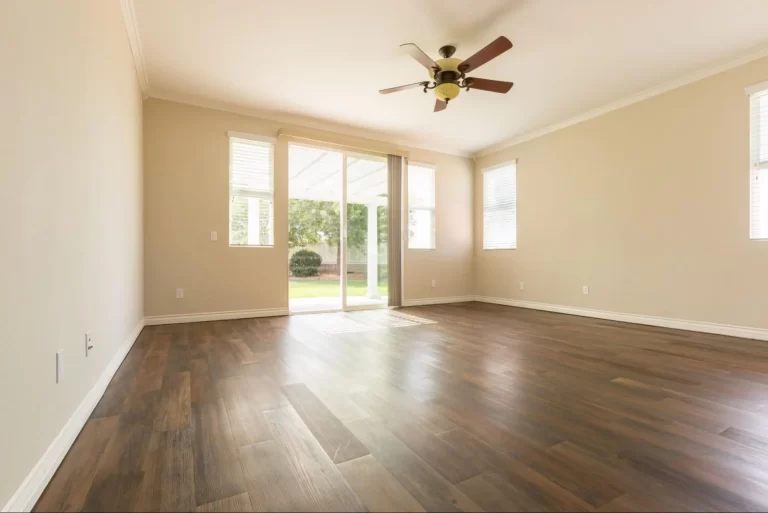
How to Select the Right Flooring for Your Home: A Room-by-Room Guide
Choosing the right flooring for your home is a decision that can affect both the aesthetics and functionality of each room. With so many flooring options available, it’s important to consider the specific needs of each space to make sure you select the best material for your lifestyle. In this blog, we’ll provide a room-by-room guide to help you make informed choices when selecting flooring for your home.
1. Living Room and Common Areas: Comfort and Durability
The living room is where your family gathers and guests are entertained, so it’s important to choose a flooring material that balances comfort and durability. Hardwood flooring is a popular choice for living rooms due to its timeless look and ability to increase home value. It’s also durable, long-lasting, and easy to clean. For a warmer, more cozy feel, consider luxury vinyl plank (LVP) flooring or laminate, which can mimic the look of wood but is more affordable and resistant to scratches and dents. Carpeting is another option for a softer feel, but it requires more maintenance to keep clean, especially in high-traffic areas.
Consider your lifestyle when choosing the flooring for common areas. If you have pets or children, you might opt for more durable and low-maintenance options like tile or LVP. However, if comfort and warmth are your priorities, hardwood or carpet may be more suitable.
2. Kitchen: Moisture Resistance and Easy Maintenance
The kitchen is one of the busiest rooms in the house, and it also experiences a lot of moisture from spills, cooking, and cleaning. For this reason, you need flooring that’s durable, easy to maintain, and resistant to water damage. Ceramic or porcelain tile is an excellent choice for kitchens due to its durability, water resistance, and ease of cleaning. Tile is available in a variety of colors, patterns, and textures, allowing you to create a stylish and functional design.
Alternatively, luxury vinyl tile (LVT) offers a great option for a wood-look floor that’s also waterproof, making it a popular choice in kitchens. It’s also softer underfoot and easier to maintain than traditional tile. Hardwood is another option, but it should be sealed properly to prevent moisture damage. Consider your family’s habits and the kitchen’s traffic when selecting flooring, as these factors will determine the durability and ease of upkeep.
3. Bathroom: Water Resistance is Key
Bathrooms are the most moisture-prone areas in the home, making water-resistant flooring essential. Tile is the most popular choice for bathrooms due to its durability and ability to withstand water and humidity. Ceramic, porcelain, or natural stone tiles are all excellent options that offer a variety of design possibilities, from sleek modern styles to classic looks.
For a more budget-friendly alternative, luxury vinyl flooring (LVP or LVT) is a great option. It’s available in a wide range of designs, including options that mimic the look of wood or stone, and it’s entirely waterproof. Vinyl is also softer underfoot than tile, which can be beneficial if you spend a lot of time standing in the bathroom. If you prefer a warmer look, engineered wood can also be used in bathrooms, but it requires careful maintenance and sealing to prevent water damage.
4. Bedroom: Comfort and Warmth
The bedroom is a place for relaxation and rest, so comfort should be your top priority when selecting flooring. Carpet is often the go-to choice for bedrooms due to its softness, warmth, and noise-reducing qualities. It’s available in a variety of textures and colors to suit your personal style. However, carpet does require regular cleaning and may not be ideal for people with allergies.
If you prefer a more modern, low-maintenance option, hardwood, engineered wood, or bamboo are great alternatives. These options provide a sleek, stylish look while also being easy to clean and maintain. Area rugs can be added to hardwood or tile floors to bring warmth and comfort to the space. If you’re looking for something more budget-friendly, luxury vinyl or laminate flooring can mimic the appearance of wood but at a lower cost.
